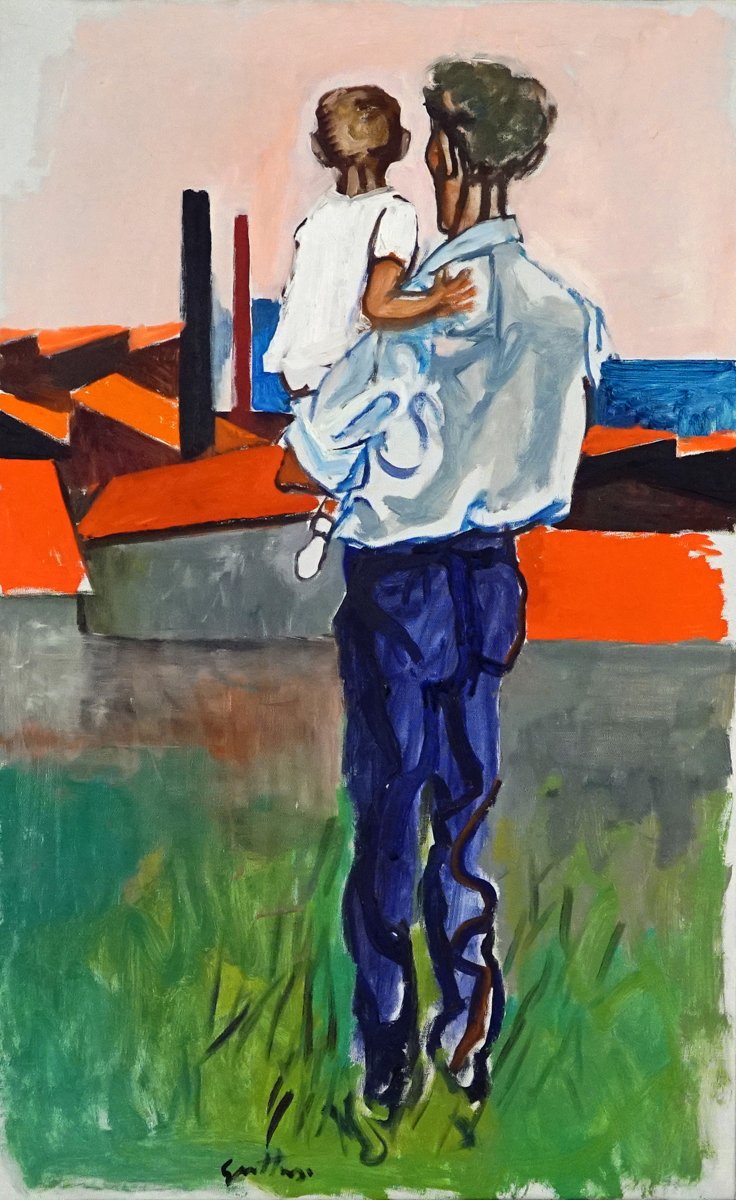Artists
Renato Guttuso
Italian 1911-1987Renato Guttuso was one of the more influential, well known Italian painters of the 20th century. He was a lifelong communist who loved the dolce vita — his long-term mistress Marta Marzotto was a countess — and his oeuvre is as brimful of contradictions as his life. Pablo Neruda was a witness at his wedding. Pasolini wrote a poem about one of his paintings. When he lined up his paintbrush with his politics, his vision sang with lyrical conviction.
Born in Bagheria, near Palermo, in 1911, Guttuso grew up in a country wracked by violence and poverty, yet his own world was abundant with the natural beauty — landscape, flowers, food — for which Sicily is famous. Later he would say that his “deeper and remote inspiration” was found in “my childhood, my people, my peasants, the gardens of lemons and oranges”.
After secretly belonging to the Italian Communist Party in the period when Mussolini was in power – during which he also opposed the neoclassicism advocated by the Fascists – Renato Guttuso became a key figure in the debate that emerged in post-war Italy between the politically engaged neo-realism encouraged by the Fronte nuovo delle arti and abstraction.
His oeuvre gradually became influenced both by the new Art Informel trends and by the work of the Pop artists, which he saw for himself at the Venice Biennale of 1964. Furthermore, for a time he identified with the existentialism of Giacometti and admired the new figuration of Francis Bacon and Gerhard Richter.
The Italian painter was always attracted by large compositions illustrating revolutions, disasters or social themes, such as La Battaglia di Ponte dell Ammiraglio dating from 1951.
Today there is a museum named after the artist in Bagheria, and his paintings can be found in major public collections, including MOMA, Art Institute of Chicago, National Gallery of Art, Tate, Hermitage, Thyssen-Bornemisza and more.
Cataogue Raisonne:
Catalogo Ragionato Generale Dei Dipinti Di Renato Guttuso, a cura di Enrico Crispolti; Volume 3; 66/54 “Uomo Con Bambino in Braccio e Fabbriche”.
Note:
A related work is found in the Giacometti Foundation; Catalogue Raisonne 66/53


